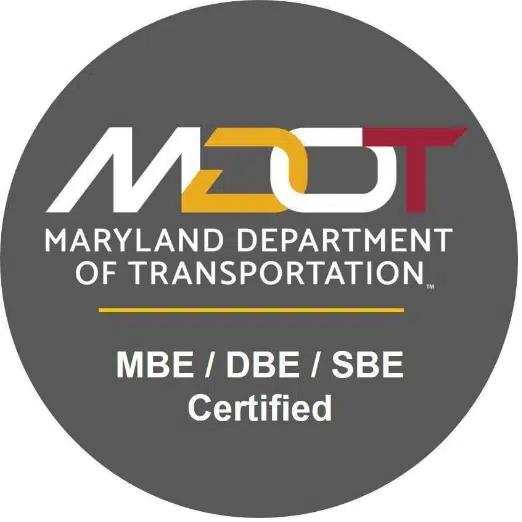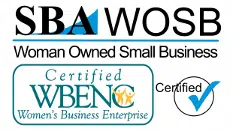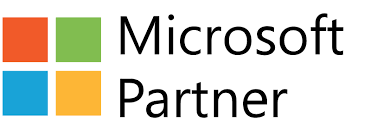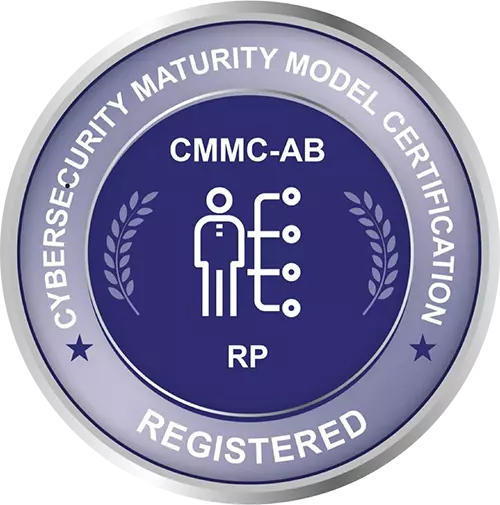
Remote patient monitoring (RPM) has transformed the way that care is delivered outside of traditional clinical settings. It offers timely insights into a patient’s health, improves chronic care management (CCM), and reduces emergency room visits and hospital readmissions. Yet, despite its proven value, many healthcare providers remain hesitant to adopt RPM programs.
At HealthCare Resolution Services, we understand that making any change to patient care protocols — especially those that involve digital technology — may make you weary of how well data can be integrated, shared, and updated. That’s why we want to walk through the most common concerns that providers are facing when it comes to adopting RPM, and offer you insight into how those challenges can be addressed.
Many practices don’t really know where to begin when it comes to RPM implementation. A successful program requires more than just issuing devices — it includes training staff, onboarding patients, managing recorded data, and maintaining clinical follow-up. All of these requirements can create unease for practices about the potential for disruptions in their established workflows and available resources.
What Providers Are Asking
With so many moving parts, it’s understandable that implementation may seem daunting without the appropriate assistance.
Medicare and commercial payers offer CPT codes for RPM reimbursement (like 99453, 99454, 99457, and 99458), but billing remains a pain point.
What Providers Are Asking
If you don’t know the right codes to use, you risk delayed or denied reimbursements. Concern over data management can also cause a practice to abandon the idea of RPM adoption before it starts.
For providers already stretched thin, monitoring patient health data in real time may feel like a burden rather than a benefit. They may not have staff available to review RPM alerts, contact patients, or coordinate care with the appropriate clinicians. Without that support, a well-intentioned program may seem like a malpractice claim waiting to happen.
RPM relies on transmitting sensitive health data from patient devices to providers. This introduces cybersecurity and privacy concerns that can stall adoption, such as:
A trustworthy RPM solution must prioritize end-to-end data protection. But for practices that already have IT-related concerns with their current data management, adding another piece of technology may seem like too much to handle.
Some providers question whether patients — especially older adults — will regularly engage with remote monitoring tools.
What Providers Are Asking
Without effective onboarding and education, providers worry that RPM will not be used consistently enough to yield real benefits for patient health.
When RPM tools don’t sync with electronic health records (EHRs), they create siloed information. This leads to duplicate records, inefficient workflows, and an incomplete view of patient health. For many providers, EHR integration is essential for continuity of care and ease-of-use.
With so many RPM vendors now on the market, healthcare organizations may feel overwhelmed when trying to choose a reliable partner.
What Providers Are Asking
Choosing a solution without guidance can feel risky, especially for those new to RPM.
Even though RPM programs have been shown to improve patient outcomes, lower readmissions, and reduce total cost of care, some providers feel uncertain about their own potential ROI. They may struggle to link improved outcomes to financial sustainability, especially under fee-for-service models.
For providers in value-based care contracts, improved outcomes can lead to significant cost savings — but that benefit isn’t always clear up front.
RPM policies and billing rules change often. Keeping up with evolving CMS guidance and payer-specific requirements can make providers feel like they’re chasing a moving target. For many, the fear of doing it wrong is enough to delay implementation.
At HCRS, we know that the transition to RPM can’t be done overnight, and it shouldn’t be done alone. That’s why our turnkey remote patient monitoring solution is designed to minimize disruption to your established workflows, reduce administrative burdens, and help you scale patient-centered care with confidence.
Our program offers:
We can demonstrate how RPM will give you measurable results, backed by a company with extensive experience in health care, data management, and cybersecurity.
For healthcare providers focused on improving patient outcomes, enhancing care coordination, and reducing total cost of care, remote patient monitoring offers a powerful solution.
Yes, there are challenges to consider. But those challenges don’t need to be barriers. With the right partner and a patient-centered approach, RPM can become an asset, not a burden.
If you’ve considered remote patient monitoring but haven’t taken the next step, let’s start the conversation.







Who We Are
Services
Career Opportunities
Interested in applying for a job with us? HCRS offers competitive compensation and benefits and hires a wide range of professionals. Apply Here

8601 Robert Fulton Drive, Suite 130 | Columbia, Maryland 21046 | Office: (301) 497-1187 Fax: (866) 384-2303
Copyright © 2025 Healthcare Resolution Services, Inc. All rights reserved. | Privacy Policy
